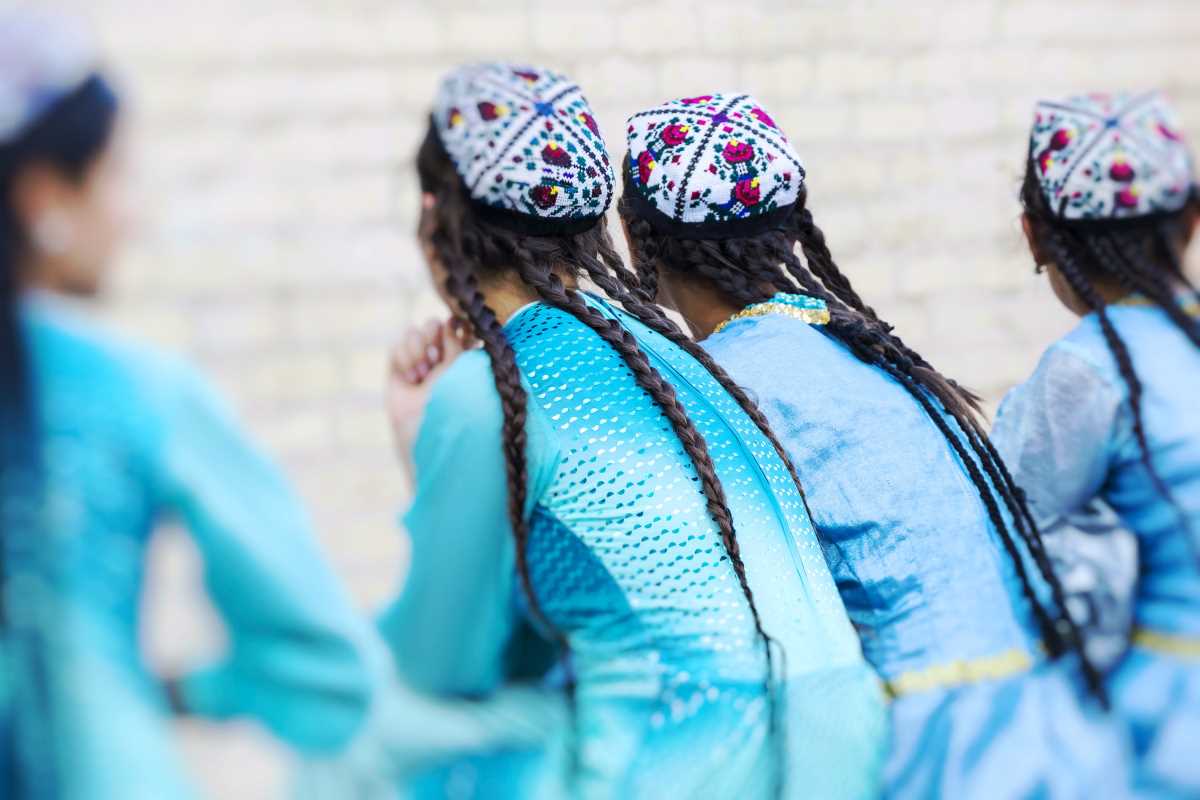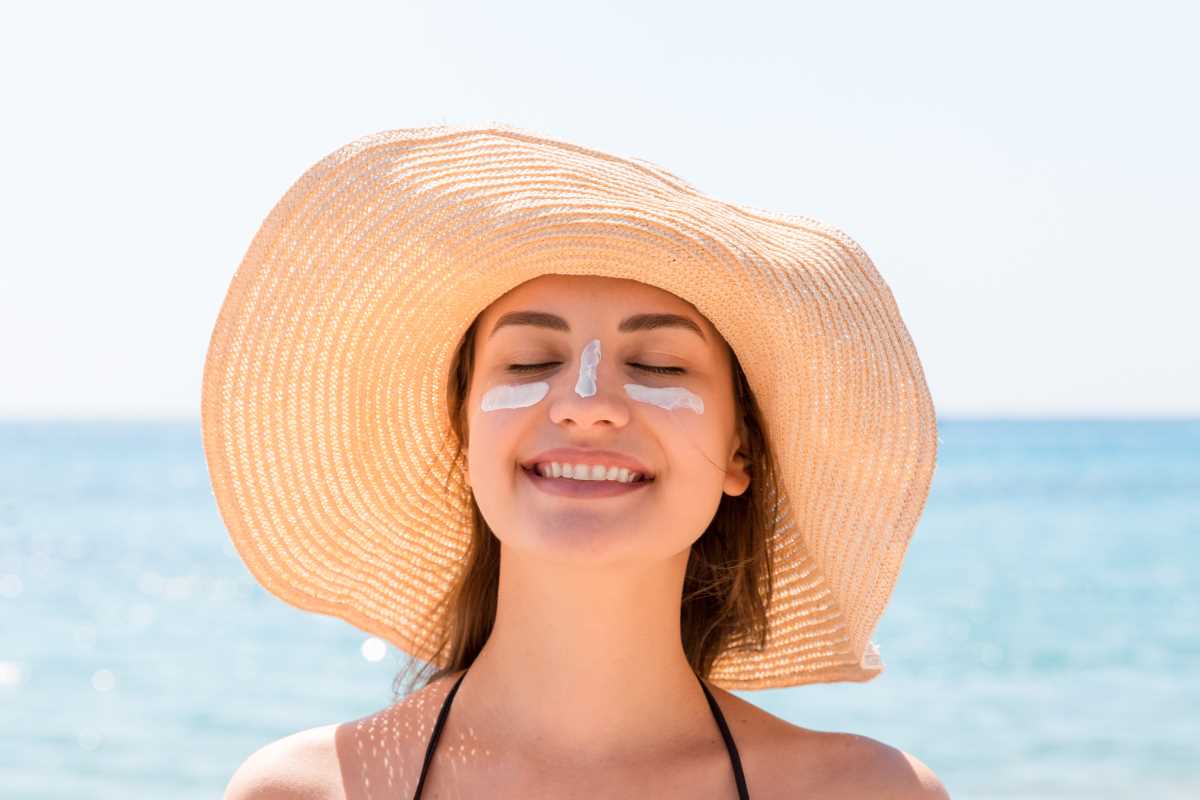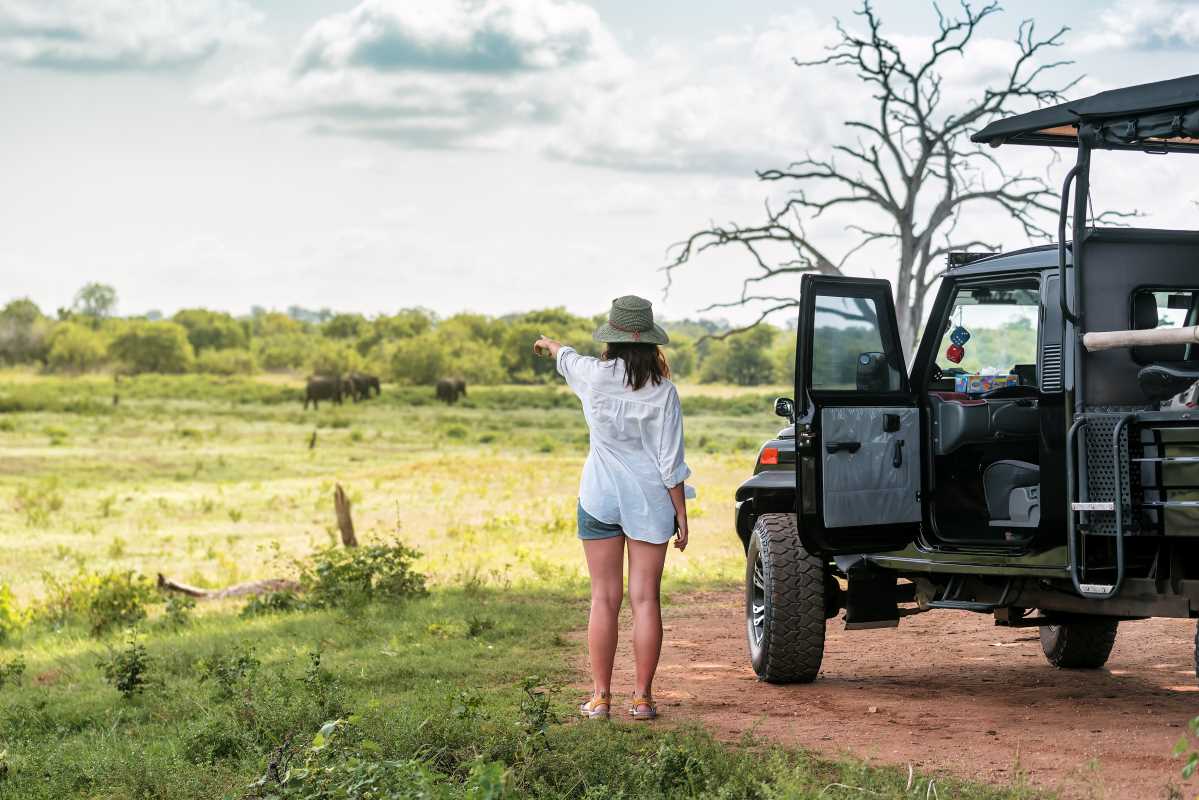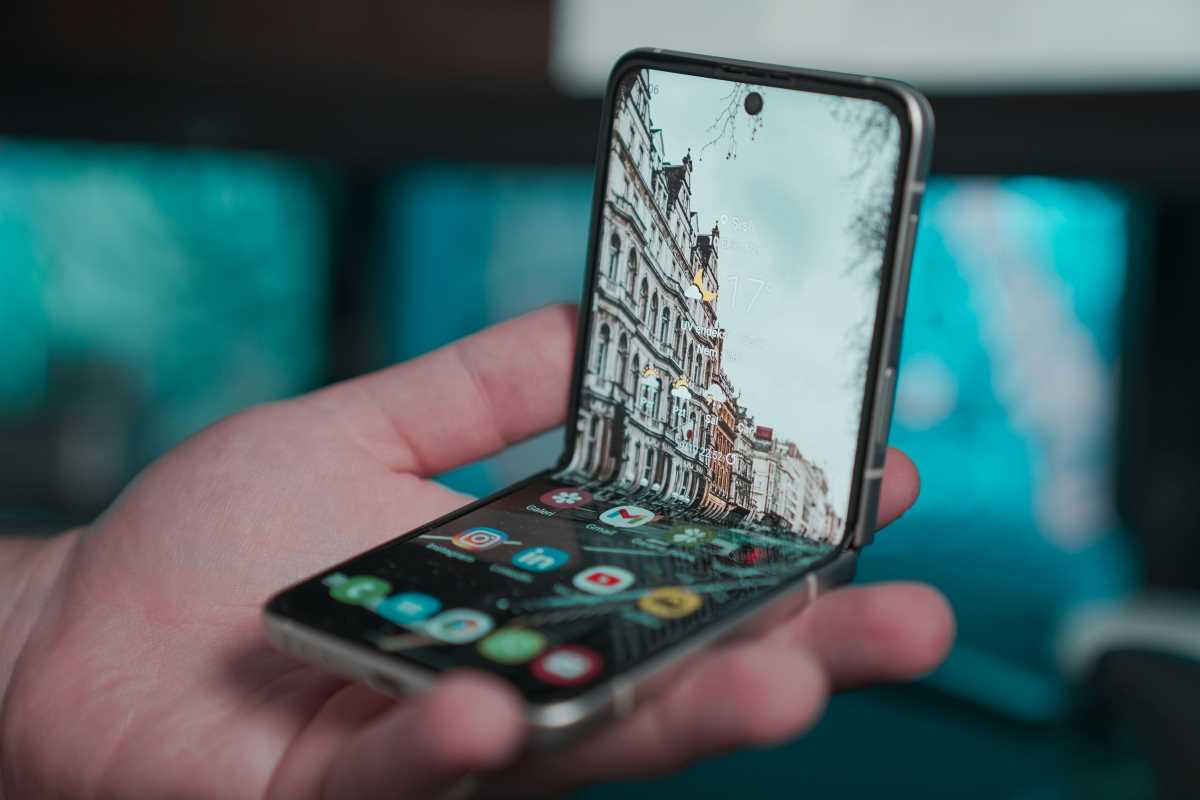Travel isn’t just about seeing new places; it’s about experiencing them. Sure, you can snap photos at famous landmarks or try exotic foods, but one often-overlooked way to truly connect with a destination is through the way you dress. Dressing like a local isn’t about pretending to be someone you’re not or completely revamping your wardrobe. Instead, it’s a thoughtful gesture that shows respect for the culture, helps you blend in, and even makes your travel experience more enjoyable.
By understanding how to dress in harmony with the local customs and climate, you'll not only avoid standing out as a tourist but you’ll also open doors to more authentic interactions. Plus, there’s a certain confidence in knowing that you’re dressed appropriately and comfortably for your surroundings, whether you’re exploring bustling cities, serene beaches, or picturesque mountain towns. This guide will show you why dressing like a local matters, how to do it anywhere in the world, and the little ways it can take your travel adventures to the next level.
Before we jump into the how-to part, it’s important to understand why you should care about dressing like a local. The benefits go way beyond aesthetics. Here are some reasons to consider swapping your usual travel wardrobe choices for something more locally inspired:
Cultural Respect
Every community has unspoken rules about clothing, from modesty to formality. By aligning your outfit choices with local norms, you’re showing that you respect and value their culture.
Better Interactions
When you dress like a local, you send a signal that you’re trying to understand their way of life. Locals may be more open to helping you, striking up a conversation, or letting you in on hidden gems.
Safety and Comfort
The less you look like a tourist, the less likely you are to be targeted by pickpockets or scammers. Additionally, dressing appropriately for the climate and activities can keep you more comfortable throughout your trip.
Enhanced Travel Immersion
Feeling like you’re part of the community—even temporarily—is one of the most rewarding aspects of travel. Dressing the part can help you blend into the rhythm of daily life wherever you are.
Now that we’ve covered the why, it’s time to transition to the fun part: the how.
1. Do a Little Research Before You Go
Start your preparation by digging into the cultural norms of your destination. You don’t need to become an expert, but gathering basic information about what’s considered appropriate can go a long way.
Where to Look:
- Social Media: Instagram and Pinterest can provide visual inspiration, while TikTok often offers quick tips from locals.
- Travel Blogs: Many bloggers cover what to wear, especially if their post revolves around cultural do's and don’ts.
- Photos of Locals: Pay attention to what everyday people are wearing in public spaces, like markets or train stations.
Common Considerations:
- Modesty: Some destinations, like Thailand and the Middle East, value modest clothing, especially in religious spaces.
- Weather: Tropical climates call for breathable fabrics, while alpine towns demand layers and durable footwear.
- Activities: Urban environments may favor a polished look, while coastal towns encourage a more casual vibe.
By knowing the basics, you’ll avoid common faux pas and start your trip on the right foot.
2. Invest in Versatile Basics
Packing light doesn’t have to mean sacrificing style. Instead of bringing a mishmash of clothes, choose versatile basics that can work for various situations and blend seamlessly with local style.
Wardrobe Staples:
- Neutral-colored tops that can be dressed up or down.
- Comfortable bottoms, like linen trousers or dark jeans.
- A lightweight scarf to use as an accessory, cover-up, or extra layer.
- A versatile jacket that works for both day and evening.
For footwear, stick to comfortable and practical options. For example, sneakers are widely accepted in most places, but swap them for loafers or sandals depending on the destination.
3. Learn Local Style Tips
Every culture has its own fashion flair, and understanding these details can help you fit right in. Pay attention to trends but think about how you can integrate them with your personal style.
Example Styles:
- Italy: Italians are known for their love of classic and tailored pieces. Focus on quality over quantity and put effort into accessories like scarves or leather shoes.
- Japan: Neutral tones and minimalist fashion reign supreme. Opt for clean, polished looks and avoid logos or overly bold patterns.
- India: Vibrant colors and flowing fabrics are common. You might consider adding a kurta (a long tunic) or colorful shawl to your wardrobe.
Visiting a local clothing shop or market once you arrive is also a great way to pick up something authentic and integrate it into your outfits.
4. Blend in While Standing Out (the Right Way)
There’s nothing wrong with expressing your individuality while traveling, but it’s important to do so in a way that aligns with the local atmosphere. Consider toning down trends that might seem out of place.
What to Avoid:
- Overly flashy logos or dressed-up looks in relaxed, casual environments.
- Pairing athletic wear with settings that value formality, even during the daytime.
- Avoiding cultural norms, like wearing shorts in temples or revealing outfits in conservative areas.
The goal isn’t to replicate local style exactly but to align your choices with the setting in a way that feels natural.
5. Shop Local
Finding unique clothing and accessories at your destination is not just a fun activity, but it’s also a way to immerse yourself in the culture. Plus, you’ll have a functional souvenir you can continue to wear long after your trip.
Ideas for Shopping:
- Look for regionally iconic items, like French berets, Turkish shawls, or Ecuadorian panama hats.
- Support small businesses by buying from local artisans instead of mass-market chains.
- Visit flea markets and thrift shops for affordable, one-of-a-kind finds.
Not only do these purchases help your wardrobe, but they also support the local economy.
6. Adapt for Religious or Cultural Sites
Certain locations, like temples, mosques, or historic churches, often have specific dress codes you’ll want to follow. Research these in advance to come prepared.
Common Rules:
- Cover your shoulders and knees in many religious or sacred areas.
- Remove your shoes before entering mosques or some temples.
- Avoid overly casual items like tank tops, shorts, or ripped clothing.
Carrying a scarf or wrap can be a lifesaver when visiting such sites, as it allows you to quickly adjust your outfit to meet expectations.
7. Stay Practical for the Climate
Dressing like a local isn’t just about fashion; it’s also about function. Locals usually know how to dress comfortably for the weather, and you can use their example to do the same.
Climate Tips:
- Hot Climates: Lightweight fabrics, loose fits, and light colors help you stay cool.
- Cold Climates: Layers are essential, along with sturdy boots and insulated outerwear.
- Rainy Climates: Waterproof jackets and shoes are far more practical (and chic) than bring-your-own ponchos.
Keep in mind that in some regions, locals may favor traditional garments designed specifically to handle the weather.
8. Avoid Obvious Tourist Cues
Nothing screams “tourist” more than certain fashion choices that locals are unlikely to wear. Avoid these items if you want to blend in:
- Fanny packs or money belts worn visibly.
- Large backpacks in crowded areas.
- Bright Hawaiian shirts or clothing with flags/national logos.
Instead, aim for understated style that looks effortlessly appropriate.
9. Ask Locals for Advice
Sometimes the best way to learn is to ask! Engage with locals (politely, of course) and seek their advice on what to wear. People are often more than happy to share tips or point you to their favorite clothing stores.
10. Enjoy the Process
Don’t view dressing like a local as a chore; think of it as part of the adventure. Experimenting with new styles and clothing can be a fun and creative way to engage with the culture and gain a fresh perspective on fashion.
 (Image via
(Image via





